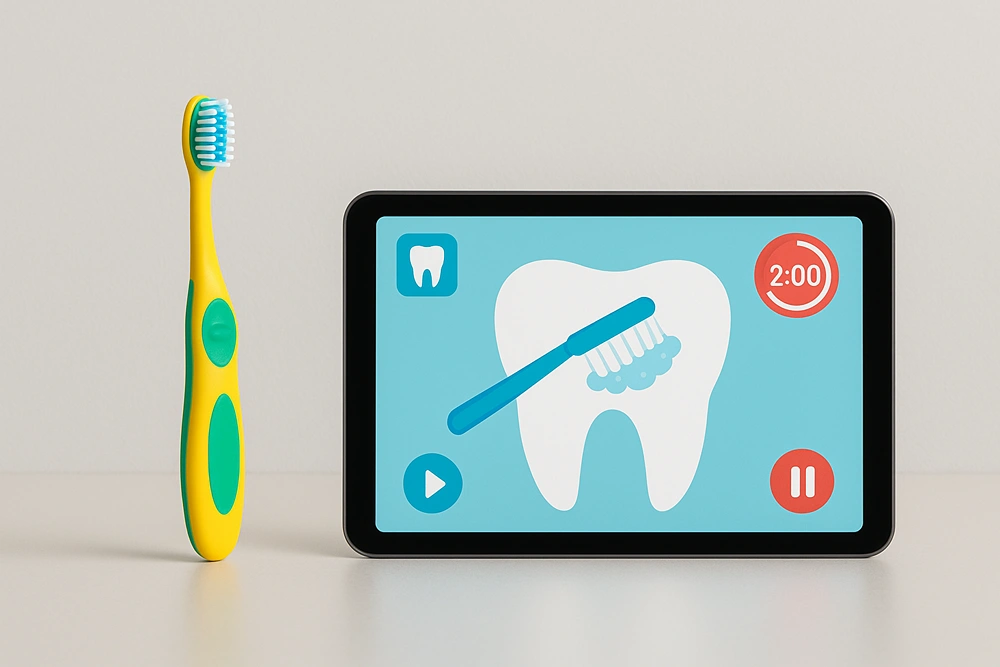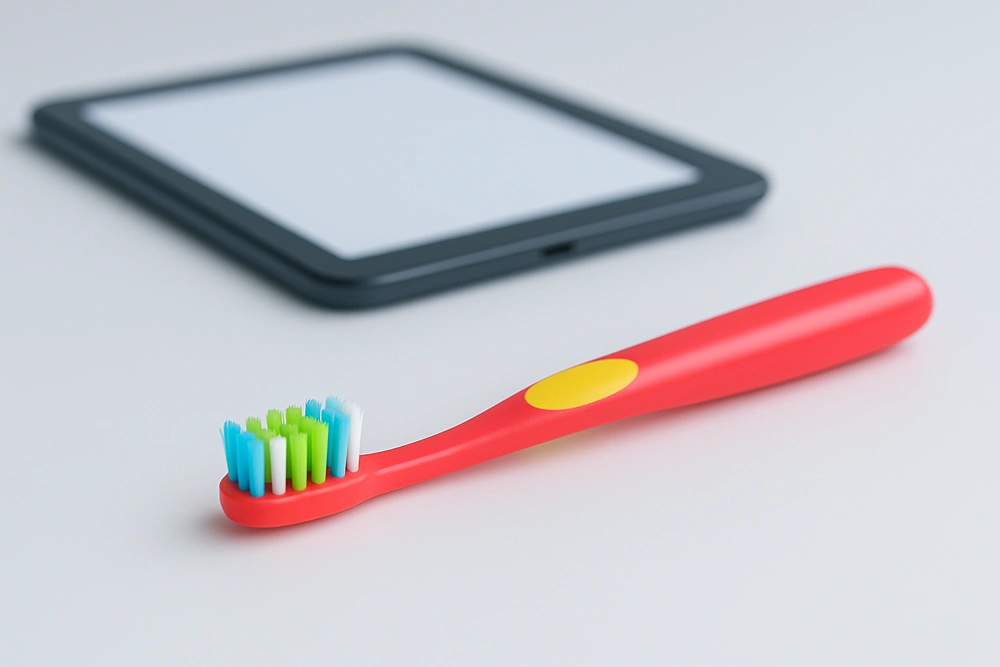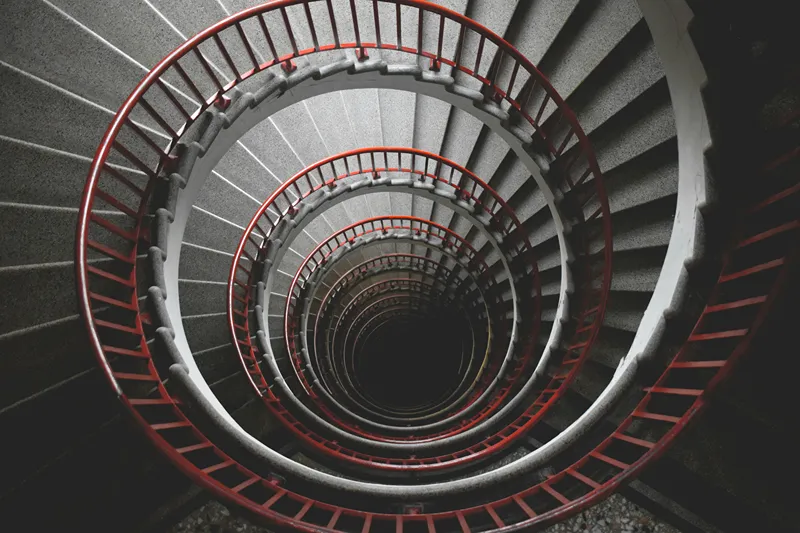Interactive Tools for Children’s Dental Education
Teaching children about oral health is important for their long-term well-being. Interactive tools make dental education enjoyable and engaging for kids, helping them develop healthy habits. By combining technology with professional dental advice, parents can enhance their children’s understanding of oral care.
In today’s digital age, educating your child about oral health is more accessible than ever. Interactive tools have transformed how children learn, making dental education both fun and informative. These resources demonstrate proper brushing techniques and highlight the significance of nutrition in maintaining healthy teeth.
Online resources for dental education
Many online resources are designed to teach children about oral health in an engaging way. Educational apps are particularly popular, offering interactive games that cover topics such as proper brushing techniques and the importance of flossing. These apps often include colorful animations and rewards that motivate kids to practice good dental hygiene regularly.
Videos and websites also play a vital role in dental education for children. They offer step-by-step tutorials on brushing and flossing, often featuring popular cartoon characters that capture children’s attention. Many websites provide free access to informative articles and fun activities, making it easy for parents to find suitable content tailored to different age groups.

The interactive nature of these tools ensures that children remain engaged while learning essential dental care practices. By incorporating multimedia elements like sound effects and visuals, these resources make learning about oral health exciting rather than a chore.
Parents can also benefit from interactive dental education platforms that provide tracking features and progress reports. These tools often include customizable reminders for brushing times, dental appointments, and replacement schedules for toothbrushes. Some advanced applications even offer virtual reality experiences that simulate proper dental care techniques, making the learning process more immersive and memorable for children of all ages.
The role of pediatric dental guidance
While online resources offer valuable insights, consulting with a pediatric dentist remains important. These professionals possess specialized knowledge in managing children’s dental health, offering tailored advice that addresses specific concerns unique to younger patients. Regular visits to a pediatric dentist ensure that any potential issues are identified early and treated effectively.
A pediatric dentist provides expertise in child-specific dental care practices, helping parents navigate challenges such as teething or the transition from baby teeth to permanent ones. Their guidance is crucial in establishing preventive measures that promote lifelong oral health for your child.
Working closely with a pediatric dentist complements the use of online resources by providing personalized recommendations. This professional support enables parents to understand better how digital tools can be integrated into their child’s daily routine for optimal results.
Creating an engaging learning experience
The combination of online tools and professional advice creates an enriching learning environment for children. By utilizing digital resources alongside regular check-ups with a pediatric dentist, parents can foster a comprehensive approach to their child’s dental education. This synergy maximizes the benefits of both methods, ensuring effective learning outcomes.
Interactive tools engage children by presenting information through diverse formats such as games, quizzes, and animations. This variety caters to different learning styles, making it easier for kids to absorb complex concepts like tooth decay prevention or the role of dietary choices in oral health.
Parents play a pivotal role in guiding their children through these educational experiences. By actively participating in activities provided by apps or discussing video content together, you can reinforce key messages while bonding over shared learning moments.

Encouraging healthy dental habits
To instill lasting positive dental habits in your child, it’s essential to leverage interactive tools consistently. Encourage your child to explore various apps or videos regularly while maintaining open communication about what they’ve learned. This ongoing engagement helps solidify essential practices like twice-daily brushing or limiting sugary snacks.
Regular check-ups with a pediatric dentist are vital for monitoring progress and addressing any concerns that may arise during your child’s development. These visits offer opportunities for professional feedback on how well digital tools are supporting your child’s oral health journey.
By combining the advantages of online resources with expert guidance from a pediatric dentist, parents can empower their children to take charge of their own oral hygiene confidently. This comprehensive approach lays the foundation for healthy habits that will benefit them throughout their lives.









